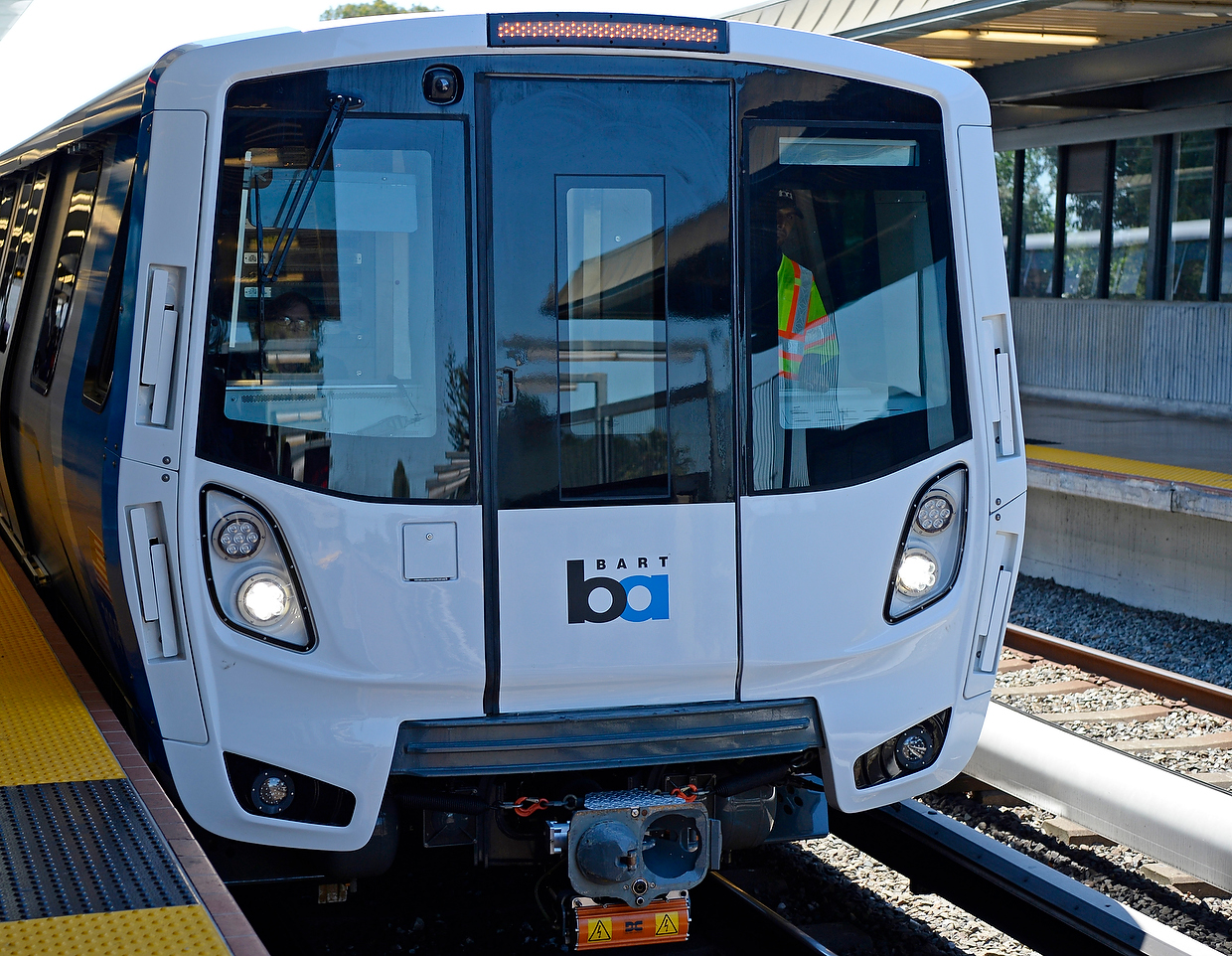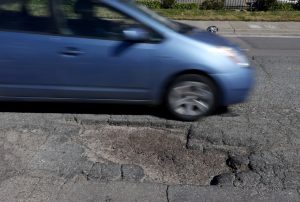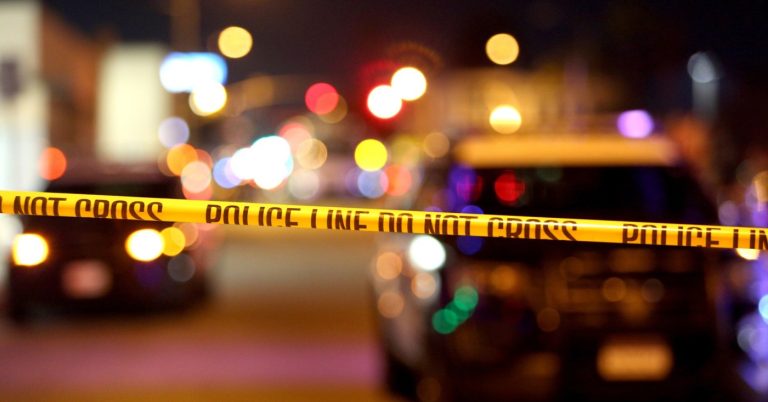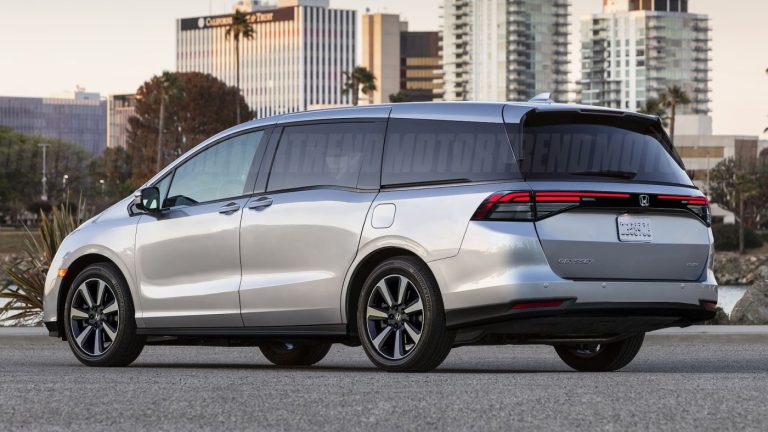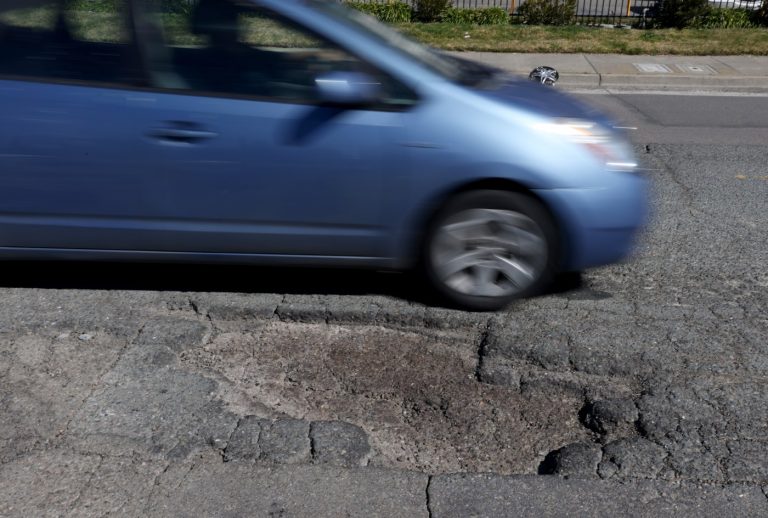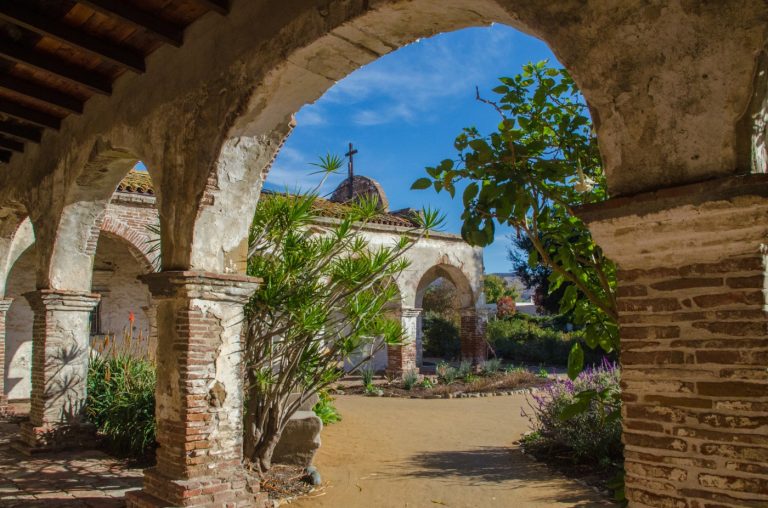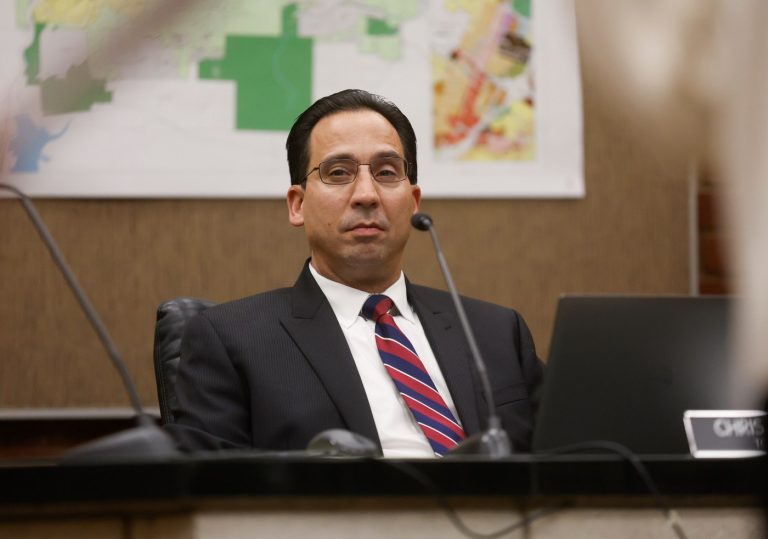As the price for the South Bay BART extension continues to soar, elected officials must decide whether they want to honestly evaluate the project or rubber-stamp it.
In just the last three years, the estimate for the four-station, mostly underground extension has more than doubled, from $5.6 billion to $12.8 billion, and the completion date has been kicked back more than a decade, from 2026 to 2037.
That’s before a single shovel of dirt has been moved.
Map of the planned San Jose BART extension. (Source: Valley Transportation Authority)
The rapid price escalation means the Santa Clara Valley Transportation Authority — which is building the extension for BART to eventually operate — needs more federal tax money, which is not assured, and more county sales tax revenue, depriving other transportation projects of funding.
At this point, VTA board members, a collection of elected officials from jurisdictions throughout Santa Clara County, should be demanding a comprehensive, independent review of the six-mile extension from the existing Berryessa/North San Jose station through San Jose and up to Santa Clara.
That review should evaluate financial and ridership assumptions in light of radically changed commute patterns since the COVID pandemic onset; the tunneling strategy that will require passengers descend eight stories underground to reach a boarding platform; and the planned final leg to Santa Clara that duplicates an existing Caltrain line.
Sadly, that review is not happening.
Instead, the board has appointed a subset of its members to serve on an oversight committee, which has done little so far.
VTA staff are talking about re-examining the costly tunneling plan. Tom Maguire, the recently hired chief megaprojects delivery officer, said this week that someone from outside the agency will conduct the review.
But he could not say how independent that person would be. And he said no other issues would be considered. “We’re committed to completing this project,” he said. In other words, full speed ahead.
Which is exactly the problem. Taxpayers deserve an independent and complete review — not cherry-picking topics and then putting a thumb on the scale.
Especially when we know that VTA staff cannot be trusted to be transparent. As VTA’s own auditor noted in January, staff have been misleading the public and even their own board members. Indeed, the authority has a long record of public deceit.
If VTA board members want to regain public confidence, they will hire independent experts to examine the project’s critical questions:
Financial assumptions — As we editorialized last year, it’s time for a fresh look at the financial and ridership projections, and a comparison with alternatives that might provide mass transit or other environmentally friendly commuter options more cost-effectively.
Perhaps the extension will still prove to be a wise investment. Or perhaps not. But with ballooning costs, so much taxpayer money at stake and the radical restructuring of commute and work patterns during the past four years, agency leaders should be asking whether the extension originally envisioned still makes sense.
Tunnel plan — For the approximately five miles of tunneling, the transit agency has migrated from the original traditional twin-bore design to a single bore with platforms stacked one above the other, and then to a single bore containing the two tracks on the same level.
The transition has increased the size of the tunnels from 20 feet each in the twin-bore design to 53 feet in diameter for the most-recent single-bore option. The platforms, originally planned for 50 feet underground, are now expected to be 80 feet below the street. And the width of the platform was reduced from 28 feet to 22 feet.
Related Articles
Borenstein: In A’s Coliseum negotiations, Oakland mayor has taken her eye off the ball
The change to a single bore was to assuage concerns of business owners that downtown streets would be torn up with the shallower twin-bore construction. VTA officials cling to that justification, but they have been unable to provide estimates of how much the single-bore tunneling adds to the total cost.
Some experts say concerns about disruption from the twin-bore plan were exaggerated and switching to a single bore will significantly drive up the cost and extend the construction time. They also question whether alleviating short-term construction disruption justifies permanent longer escalators and more-crowded platforms.
Santa Clara leg — Respected public transit advocates complain that the extension’s last leg — from Diridon Station in San Jose to Santa Clara — is duplicative of parallel Caltrain service. And congressional candidate and former San Jose Mayor Sam Liccardo, a big booster of the BART extension, in January called for at least temporarily dropping it.
Like for the tunneling question, VTA has been unable to — or refuses to — say how much the Santa Clara leg adds to the total cost.
As we editorialized in 2021, 2022 and 2023, as costs kept rising and VTA transparency remains abysmal, the San Jose BART extension should be subjected to complete and rigorous independent review.
Residents and taxpayers deserve an honest, impartial evaluation of its merits.
